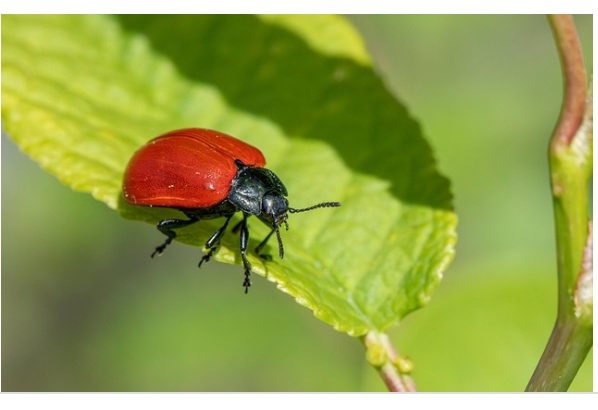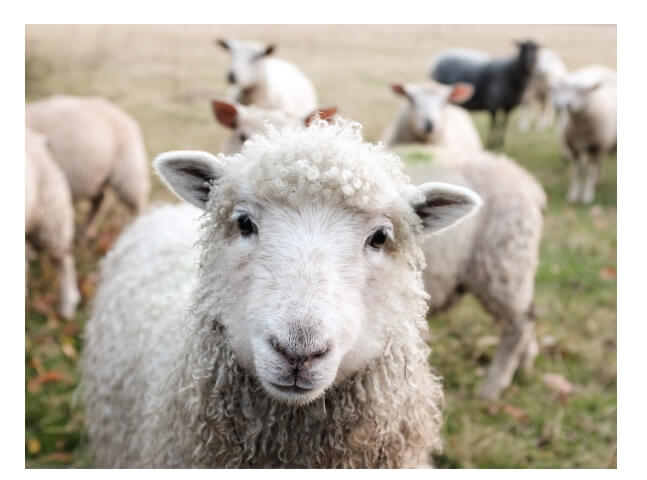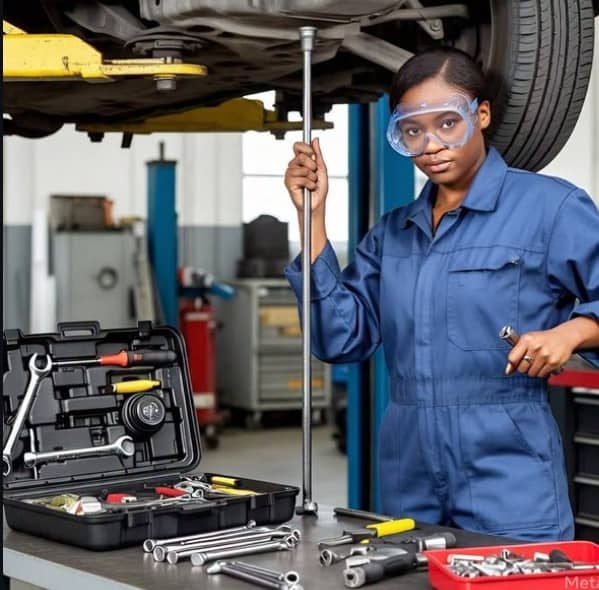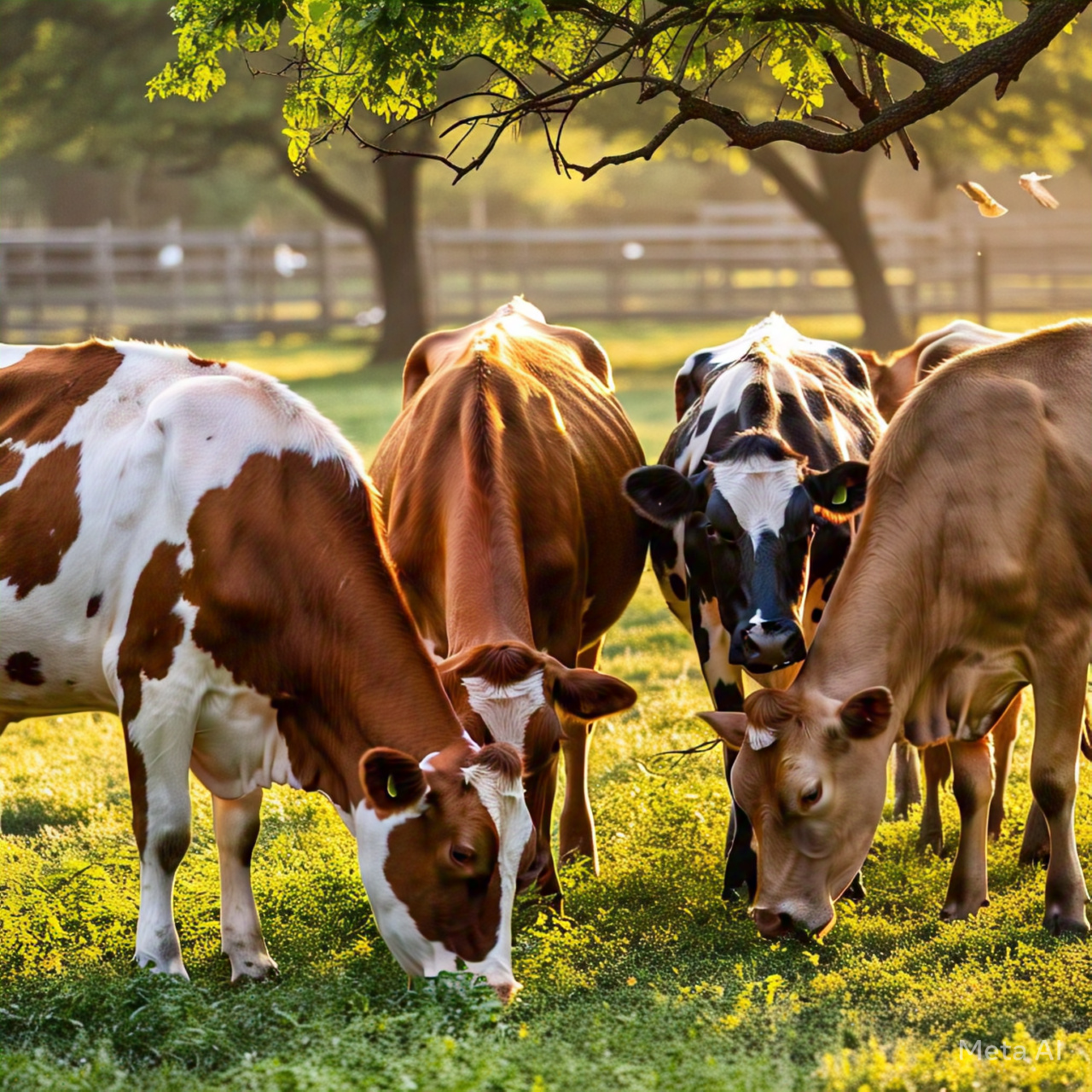Agricultural Science Primary 5 Third Term Lesson Notes – Week 6
Topic: Systems of Rearing Farm Animals – Intensive, Extensive & Semi-Intensive
Part A: Fill-in-the-Gap Objective Questions (with options a–d)
-
The system where animals are kept in a confined space and fed regularly is called the ______ system.
a) Extensive
b) Intensive
c) Nomadic
d) Free-range -
In the ______ system, animals are allowed to roam and graze on a large piece of land.
a) Intensive
b) Semi-intensive
c) Extensive
d) Industrial -
The ______ system combines both confinement and free movement of animals.
a) Controlled
b) Free-range
c) Nomadic
d) Semi-intensive -
In the intensive system, animals are mostly fed with ______ feeds.
a) Natural
b) Kitchen
c) Processed
d) Scattered -
One major disadvantage of the extensive system is ______.
a) Low cost
b) More space
c) Exposure to harsh weather
d) Easy control of animals -
A major advantage of the intensive system is ______.
a) Freedom for animals
b) More grazing land
c) Controlled feeding
d) Less supervision -
In the ______ system, animals may be allowed to graze during the day and kept in shelters at night.
a) Intensive
b) Free-range
c) Semi-intensive
d) Extensive -
The intensive system is commonly used in ______ farming.
a) Subsistence
b) Small-scale
c) Commercial
d) Backyard -
One of the challenges of extensive system is the risk of ______.
a) Animal theft
b) Clean shelter
c) Regular feeding
d) Vaccination -
In the semi-intensive system, animals are partly confined and partly ______.
a) Ignored
b) Restrained
c) Free
d) Caged -
The system that requires the highest cost of feeding and management is the ______ system.
a) Extensive
b) Intensive
c) Nomadic
d) Semi-intensive -
The system that promotes fast growth and high productivity is the ______ system.
a) Free-range
b) Extensive
c) Intensive
d) Wild -
Which of the following systems is best for areas with plenty of land?
a) Intensive
b) Industrial
c) Extensive
d) Modern -
The intensive system often leads to accumulation of ______.
a) Sand
b) Manure
c) Grass
d) Insects -
The ______ system is suitable for small-scale farmers with limited land and resources.
a) Intensive
b) Extensive
c) Mixed
d) Semi-intensive
Part B: FAQs (Frequently Asked Questions)
-
What are the main systems of rearing farm animals?
Intensive, Extensive, and Semi-Intensive systems. -
What is an intensive system of animal rearing?
It’s a method where animals are kept in confinement and fed regularly with high-quality feed. -
What is the extensive system of animal rearing?
It’s a method where animals roam freely on large grazing land. -
What is the semi-intensive system?
It’s a combination of both intensive and extensive methods—animals graze during the day and are confined at night. -
Which system is the most cost-effective?
The extensive system, since animals graze on natural pasture. -
Which system offers the highest productivity?
The intensive system, because of better feeding and health care. -
Is the semi-intensive system good for beginners?
Yes, it balances freedom and control and is relatively easier to manage. -
What are the disadvantages of the intensive system?
High cost, labor demand, and possible animal stress. -
Can all animals be raised using the intensive system?
Yes, but it works best with poultry, pigs, and dairy cattle. -
Which system is more natural for animals?
The extensive system, since animals move freely and graze. -
What type of feed is used in intensive systems?
Concentrated, balanced, and processed feed. -
Is the extensive system suitable in cities?
No, it’s more suitable for rural or farm-based areas with large land. -
Which system reduces the risk of disease outbreak?
Intensive, if proper hygiene is maintained. -
Why is semi-intensive becoming more popular?
It offers a good balance between cost, space, and productivity. -
Can I combine two systems on the same farm?
Yes, especially intensive and semi-intensive, depending on your goals.
Part C: Evaluation (Theory) Questions
-
Define the intensive system of rearing animals and list two examples of animals commonly reared this way.
-
Explain two advantages and two disadvantages of the extensive system.
-
Describe the semi-intensive system and state how it differs from the intensive system.
-
Compare and contrast the intensive and extensive systems of animal rearing.
-
List three challenges farmers may face in the semi-intensive system.
-
Suggest three ways to improve the productivity of the intensive system.
-
State two reasons why the extensive system may not be suitable for urban areas.
-
Why is hygiene important in the intensive system?
-
Give one example of a farm animal and explain which rearing system is best for it and why.
-
As a student farmer, which system would you choose and why?












